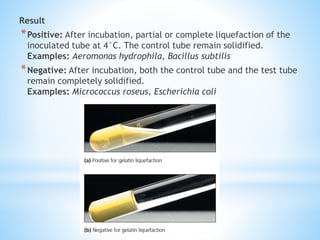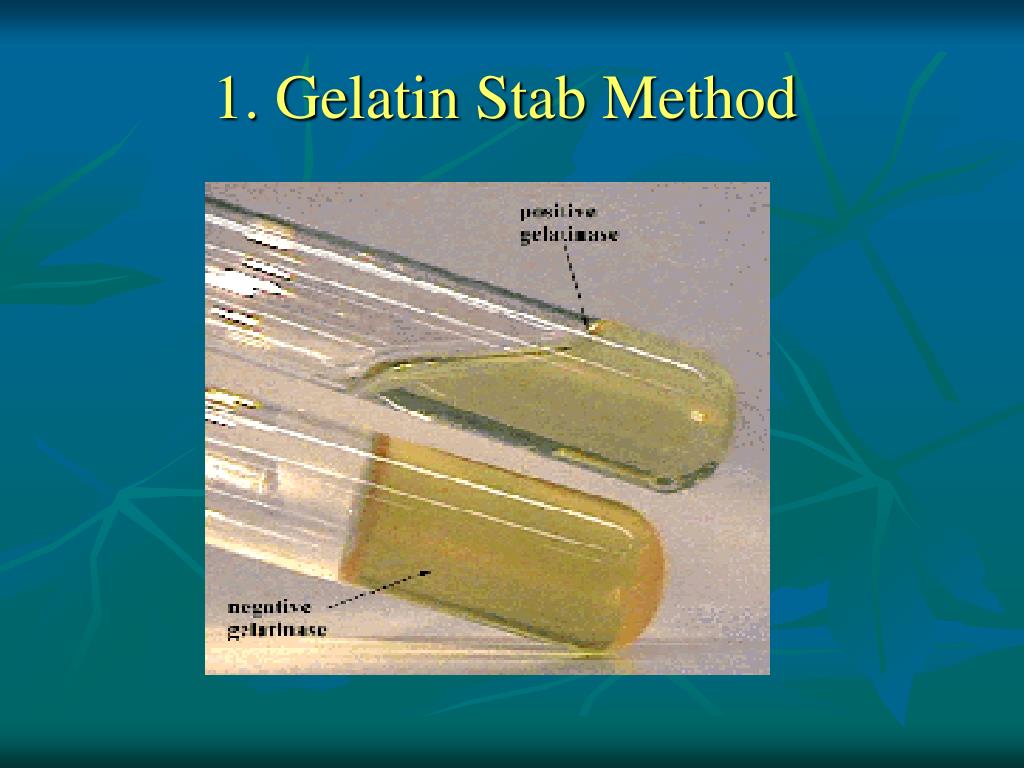

For example, autoantibodies to type IV collagen have been observed in some SSc patients and may be involved in endothelial injury. The enhanced expression of matrix collagen is presumably associated with abnormal immune responses to collagen in SSc. The finding that the synthesis of type IV collagen, a major collagen type in basement membrane, is disproportionately increased in the dermal fibroblasts and sera of patients with SSc supports this notion. In particular, alterations in the structure of the basement membrane, a critical component of the vessel, may lead to changes in the surrounding tissue and to subsequent development of fibrosis in SSc. This increase in collagen deposits may be associated with changes in the dermal microvasculature in SSc.
#Gelatin hydrolysis test on xray film skin
The relative proportion of two major types of skin procollagen, types I and III, is higher in SSc lesions than in healthy controls. One of the major hallmarks of the disease is an increased amount of collagen deposits in the affected tissue. Systemic sclerosis (SSc) is a generalized disorder of connective tissue characterized by microvacular damage and excessive fibrosis in the skin and internal organs, including the heart, lungs, and gastrointestinal tract. These findings suggest that the enhanced production of MMP-9 may contribute to fibrogenic remodeling during the progression of skin sclerosis in SSc. The increased MMP-9 concentrations may be attributable to overproduction by dermal fibroblasts in SSc. In summary, the serum MMP-9 concentrations were elevated in SSc patients and correlated well with skin scores. Such an increase in MMP-9 production was partially blocked by treatment with cyclosporin A. Moreover, dermal fibroblasts from patients with SSc produced more MMP-9 than those from healthy controls when they were stimulated with IL-1β, tumor necrosis factor α, or transforming growth factor β. Serum concentrations of MMP-9 correlated well with the degree of skin involvement, as determined by the Rodnan score and with serum concentrations of transforming growth factor β. Serum MMP-9 concentrations were significantly higher in the diffuse type ( n = 23) than the limited type of SSc ( n = 19).

The patients ( n = 42) with SSc had higher concentrations of MMP-9 and of tissue inhibitor of metalloproteinase-1 (TIMP-1) and a higher ratio of MMP-9 to TIMP-1 in sera than healthy controls ( n = 32). In this study, we investigated the expression of MMP-9 and its clinical significance in systemic sclerosis (SSc). Medium flows when the tube is tilted, the gelatin has been digested.Matrix metalloproteinase-9 (MMP-9) has been implicated in the pathogenesis of cancer, autoimmune disease, and various pathologic conditions characterized by excessive fibrosis. This is an indication of a negative test. If it has solidified, it will not flow when the tube Thus will provide the information needed to determine the result of the This will initiate a video that willĭemonstrate whether the cooled culture was able to resolidify or not and Drag and drop the tube in the refrigerator. For this test, 24 hours is sufficientįrom the incubator. Inoculated tube into the 35-37 C incubator.ġ3. Press the New Day button to move forward 24 hours. Transfer the inoculum into the fresh, sterile medium. Up an inoculum from the culture tube of the unknown bacterium.

Microbiology, complete the following steps:ħ. Use the sterile inoculating tool to pick If gelatinase is present, the liquid medium will fail to solidify The gelatin has been digested, the medium in the tube will fail Refrigerator for a few minutes, exposing it to temperatures that cause This is accomplished by placing the tube into a Incubation temperature, it is important to determine whether the gelatin has actually been digested by gelatinase. BecauseĮven undigested gelatin becomes liquid at temperatures modestly above the The inoculated tube is incubated at 35-37 C for 24 hours and the results are determined. The medium is a nutrient broth to which 12% gelatin is added, converting it into a semisolid medium.Īn inoculum from a pure culture is transferred aseptically When gelatin is used, the medium changes from semisolid to liquid In place of agar) in addition to its role as a source for carbon and energy. We have all seen how gelatin forms a semisolid substance. Use of gelatin is accomplished by the enzyme gelatinase. The purpose is to see if the microbe can use the protein gelatin as a source of carbon and energy for growth. Gelatin Hydrolysis Test Gelatin Hydrolysis


 0 kommentar(er)
0 kommentar(er)
